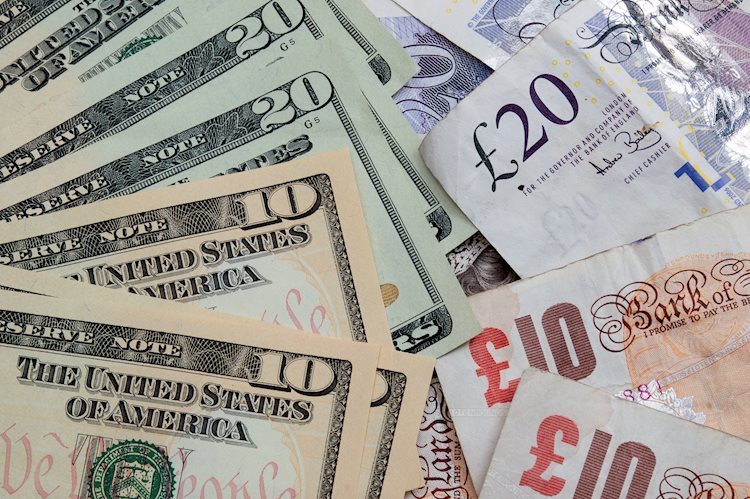The GBP/USD pair has seen a positive trend following a decline after the US CPI data. The USD has weakened due to dovish Fed expectations and a positive risk tone in the market, providing support for the GBP. Traders are now waiting for the release of the UK GDP numbers to get fresh market impetus before the US macroeconomic data is released. The preliminary UK Q3 GDP print is expected to show a slight expansion in the British economy compared to the previous quarter, signaling a stronger economy due to a surprise dip in the UK unemployment rate.
Investors are also looking at the upcoming US macro data, including monthly Retail Sales, Weekly Initial Jobless Claims, Empire State Manufacturing Index, and Philly Fed Manufacturing Index. These data releases might influence the price dynamics of the USD and provide further impetus for the GBP/USD pair. Expectations for a Fed rate-cutting cycle have increased due to inflation trending downwards, which is putting pressure on the USD and supporting the currency pair. The recent US CPI data showed a moderate increase and a slowdown in the annual increase, indicating progress towards the Fed’s inflation goals.
The GDP, released by the Office for National Statistics on a monthly and quarterly basis, measures the total value of goods and services produced in the UK during a specific period. A rise in GDP is considered bullish for the Pound Sterling (GBP), while a low reading is seen as bearish. Traders will be closely watching the QoQ reading to gauge the economic activity in the UK and its impact on the GBP. With geopolitical risks and expectations for further policy easing by the Fed, the downside for the USD might be limited, which could keep the GBP/USD pair in check.Overall, the GBP/USD pair is expected to remain volatile in the coming days as traders digest the UK and US economic data releases and their impact on the currency pair. With a dovish Fed and positive risk tone in the market, the USD might continue to weaken, providing support for the GBP. However, any surprises in the economic data or geopolitical events could cause fluctuations in the currency pair. Traders should keep a close eye on the upcoming data releases to assess the market sentiment and make informed trading decisions.











